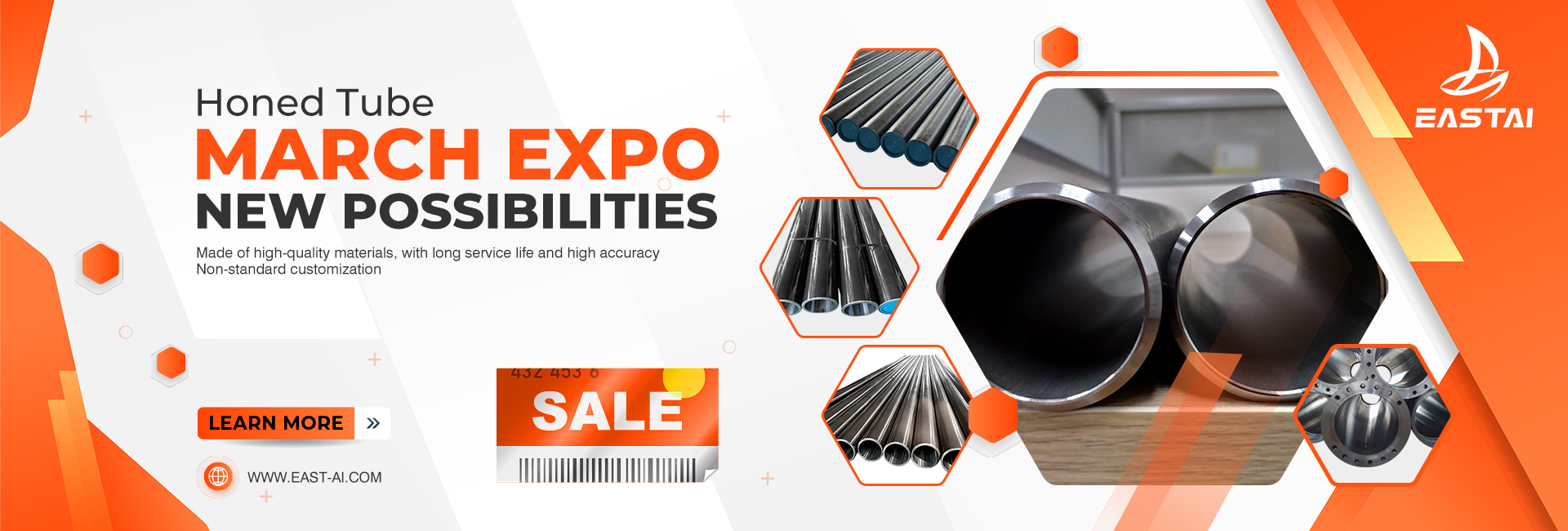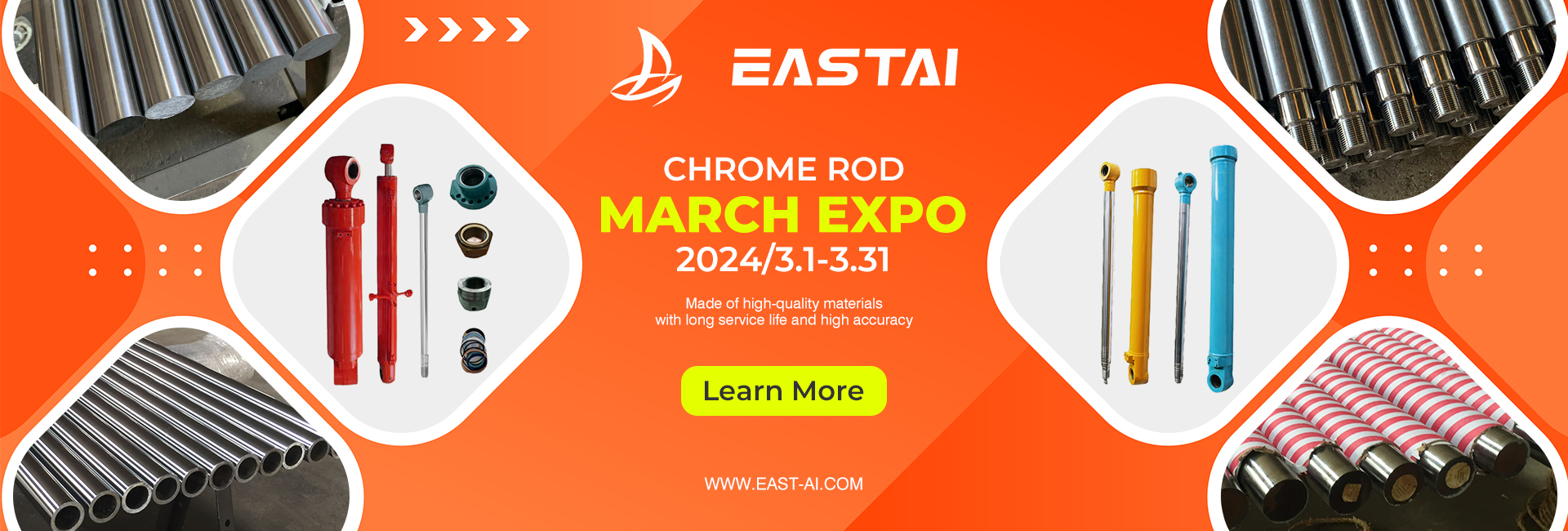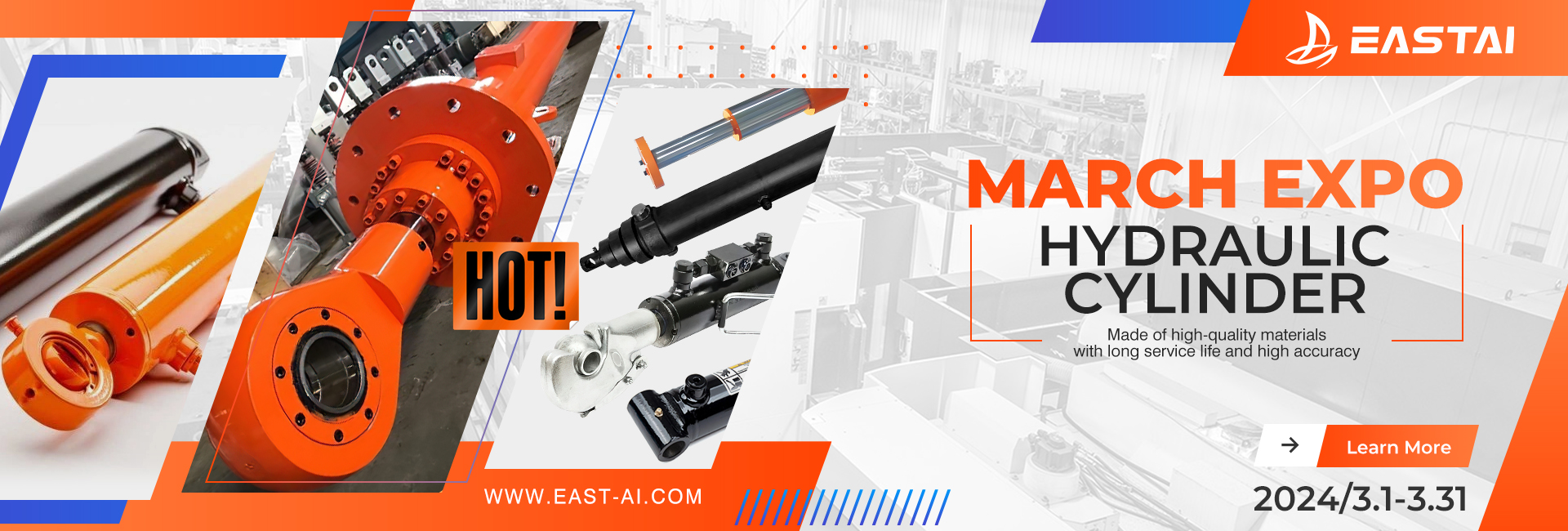Exploring a Versatile and Durable Piping Material
Introduction
In the world of construction and infrastructure, pipelines play a crucial role in transporting various fluids and gases. Carbon steel pipes, in particular, have gained immense popularity due to their exceptional properties and versatility. In this article, we will delve into the world of carbon steel pipes, exploring their manufacturing process, applications, advantages, and more.
1. What is Carbon Steel?
Carbon steel is a type of steel that primarily consists of carbon and iron, with trace amounts of other elements. Its unique composition provides it with remarkable strength and durability, making it an ideal choice for various applications, including piping.
2. Properties of Carbon Steel
Carbon steel boasts several essential properties that set it apart from other materials. Its tensile strength and hardness make it suitable for high-pressure applications. Moreover, carbon steel pipes exhibit excellent heat and impact resistance, ensuring their longevity even in demanding environments.
3. Types of Carbon Steel
There are several types of carbon steel, each with different carbon content and properties. Some common variations include low carbon steel, medium carbon steel, and high carbon steel. The choice of carbon steel type depends on the specific application and required strength.
4. Manufacturing Process
The manufacturing process of carbon steel pipes involves several steps, including melting, molding, and heat treatment. The selection of manufacturing methods impacts the final product’s quality and performance. Modern techniques have enabled the production of seamless carbon steel pipes, reducing the risk of leakage and enhancing efficiency.
5. Applications
Carbon steel pipes find applications in various industries, such as oil and gas, water supply, construction, and automotive. Their versatility and ability to withstand harsh conditions make them suitable for transporting both liquids and gases over long distances.
6. Advantages and Disadvantages
6.1 Advantages
Carbon steel pipes offer numerous advantages, including cost-effectiveness, high strength, and ease of installation. They are readily available and have a longer lifespan compared to other piping materials, reducing maintenance and replacement costs.
6.2 Disadvantages
Despite their many benefits, carbon steel pipes are susceptible to corrosion, especially when exposed to moisture and certain chemicals. Proper coating and maintenance are essential to prevent corrosion and prolong their service life.
7. Corrosion Resistance
Corrosion is a significant concern for carbon steel pipes, as it can weaken the material and lead to leaks or structural failures. Several corrosion-resistant coatings and linings are available, such as epoxy and zinc, which protect the pipes in corrosive environments.
8. Maintenance
Regular maintenance is crucial for ensuring the longevity and efficiency of carbon steel pipes. Inspection for signs of corrosion, leaks, and mechanical damage should be conducted periodically, and any issues addressed promptly.
9. Comparisons
In comparison to other piping materials like stainless steel and PVC, carbon steel pipes offer unique advantages in terms of strength, cost, and application range. However, each material has its specific use case, and the choice depends on factors like the transported fluid, pressure, and budget.
10. Sustainability
Carbon steel pipes contribute to sustainability efforts through their long service life and recyclability. Proper disposal and recycling of retired carbon steel pipes can help minimize environmental impact and conserve resources.
11. Environmental Impact
The production and transportation of carbon steel pipes do have environmental implications, mainly related to energy consumption and greenhouse gas emissions. Manufacturers are continuously exploring greener production methods and energy-efficient practices to reduce the environmental footprint.
12. Future Prospects
The future of carbon steel pipes is promising, with ongoing research and development aimed at improving their performance, durability, and corrosion resistance. Advancements in material science and manufacturing techniques hold the potential for even more efficient and eco-friendly carbon steel pipes.
13. Conclusion
Carbon steel pipes continue to be an essential component of modern infrastructure and industrial applications. Their exceptional properties, cost-effectiveness, and versatility make them a preferred choice for fluid and gas transportation. Despite challenges related to corrosion, proper maintenance and advancements in technology ensure that carbon steel pipes will remain a reliable and vital solution for years to come.
Post time: Aug-01-2023




